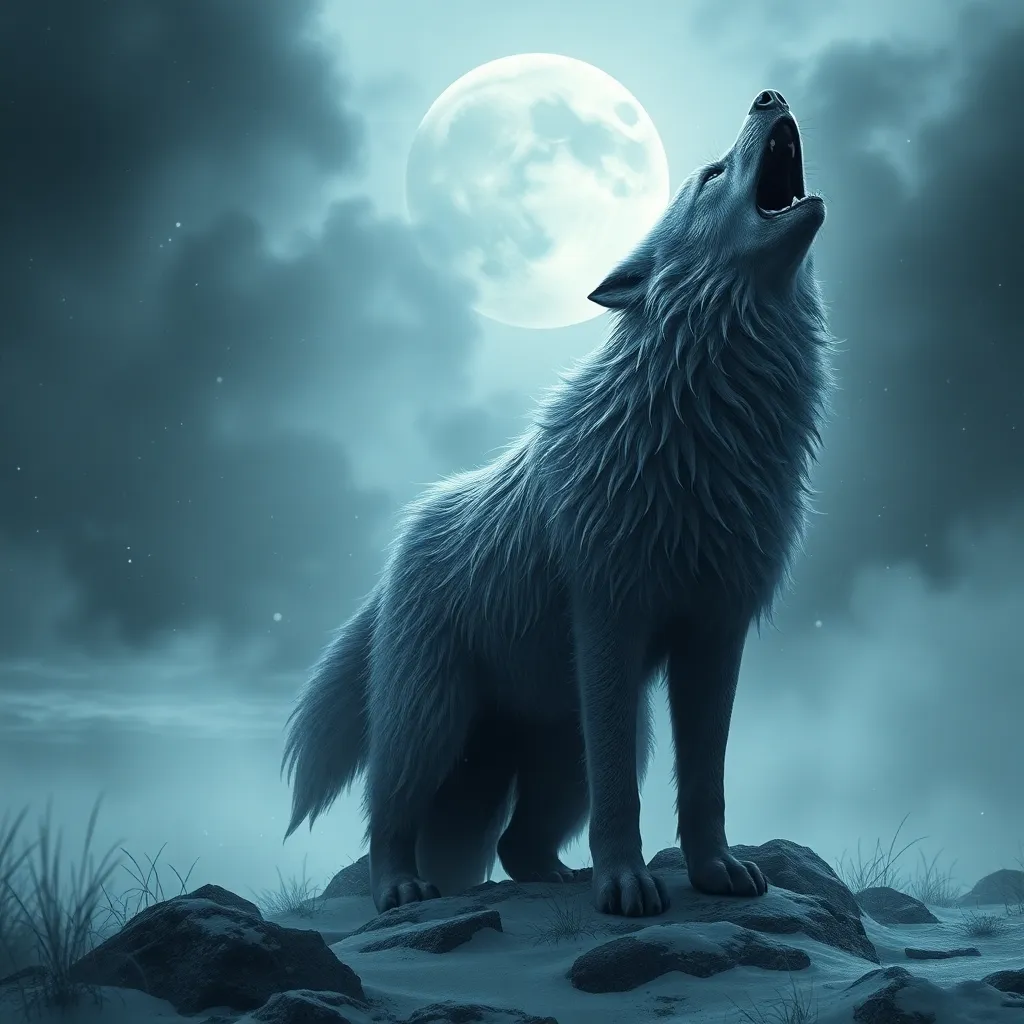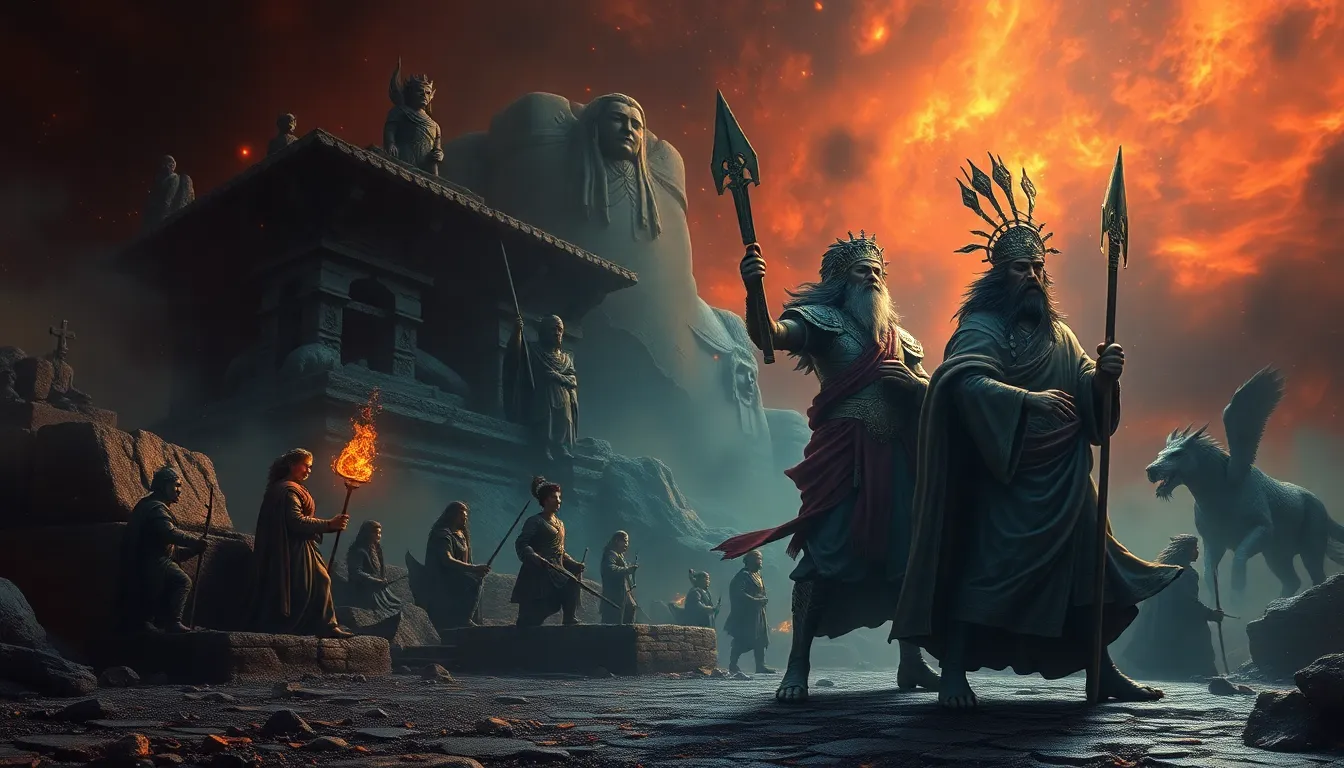The Dance of Change: Transformations That Inspire Us in Mythology
Introduction: The Power of Transformation in Mythology
Transformation is a central theme in mythology, serving as a powerful narrative device that reflects the complexities of human experience. Myths often depict characters undergoing profound changes, both physically and spiritually, which resonate deeply with our own journeys through life. These stories not only entertain but also provide insight into the nature of change, illustrating how it can lead to growth, enlightenment, or even chaos.
Mythological Foundations: Understanding Change in Ancient Cultures
In ancient societies, mythology played a crucial role in explaining natural phenomena, human behavior, and the mysteries of life. Myths often served as a framework for understanding the world, providing context for the inevitable changes that life brings. Common themes of transformation can be found across various cultures, highlighting the universal nature of change. Some prevalent themes include:
- Metamorphosis as a response to divine intervention
- Rebirth and renewal as cyclical processes
- The fluidity of identity in the face of fate
Greek Myths: Metamorphosis as a Means of Transformation
Greek mythology is rich with tales of metamorphosis, where characters are transformed into animals or plants as a result of their actions or the whims of the gods. Two notable examples are the stories of Daphne and Apollo, and Arachne.
Daphne and Apollo
The tale of Daphne and Apollo tells of a nymph who, pursued by the god Apollo, prays for escape. In response, she is transformed into a laurel tree, symbolizing both the pain of unrequited love and the idea of transformation as a means of survival. This metamorphosis signifies the intersection of desire and the natural world, showcasing how change can stem from both divine and personal forces.
Arachne
Another compelling story is that of Arachne, a mortal weaver who boasts that her skills surpass those of the goddess Athena. In a contest of weaving, Arachne creates a tapestry that depicts the gods’ flaws, angering Athena. As punishment, Arachne is transformed into a spider, condemned to weave for eternity. This myth illustrates the consequences of hubris and the transformative power of art, as well as the idea that change can stem from conflict.
Norse Legends: The Fluidity of Identity and Fate
Norse mythology presents a different perspective on transformation, particularly through the figure of Loki, a shape-shifter whose actions often lead to chaos and change. Loki’s transformations highlight the fluid nature of identity and the unpredictable forces of fate.
The concept of Ragnarok, the end of the world in Norse myth, further exemplifies the inevitability of change. It depicts a series of events leading to the death of gods, natural disasters, and the rebirth of the world. This emphasizes that change, even when it appears catastrophic, can lead to renewal and the emergence of new beginnings.
Hindu Epics: Rebirth and the Cycle of Life
In Hindu mythology, transformation is closely tied to the concepts of reincarnation and karma. The cycle of birth, death, and rebirth is a fundamental aspect of life, illustrating the belief that the soul undergoes numerous transformations throughout its existence.
One of the key figures in Hindu mythology is Vishnu, who manifests in various avatars to restore cosmic order. Each avatar represents a different aspect of divinity and addresses specific challenges in the world. Examples include:
- Rama: The hero of the Ramayana, symbolizing duty and righteousness.
- Krishna: A playful and wise figure who teaches about love and devotion.
- Narasimha: The half-man, half-lion avatar who embodies protection and ferocity.
African Mythologies: Ancestral Spirits and Transformational Change
African mythologies are rich with stories that emphasize the importance of change and transformation, often through the lens of ancestral spirits. Many cultures believe that ancestors play a vital role in guiding the living, and their stories often illustrate the interconnectedness of life cycles.
For example, the Yoruba people of Nigeria tell stories of gods and goddesses who shape the world and human destinies. The tale of the trickster god Eshu reflects the idea that life is full of uncertainties and transformations, urging individuals to adapt to their circumstances.
East Asian Myths: Harmony Through Transformation
In East Asian cultures, transformation often symbolizes harmony with nature and the universe. In Chinese mythology, the tale of the Butterfly is a classic example, where the transformation of a caterpillar into a butterfly signifies the beauty of change and the potential for rebirth.
Similarly, the Japanese story of Urashima Taro tells of a fisherman who rescues a turtle and is taken to the Dragon Palace under the sea. After spending what feels like a few days there, he returns to find that many years have passed, illustrating the concept of time and transformation as fluid and interconnected.
The Role of Nature: Transformations in Mythology and the Environment
Many myths utilize natural elements to represent change, emphasizing the cyclical patterns of nature. For instance, the changing seasons often symbolize transformation in various cultures. The arrival of spring is typically associated with rebirth and renewal, while winter signifies rest and introspection.
Case studies include:
- The Greek myth of Persephone, whose descent into the underworld brings winter, and her return brings spring.
- The Native American story of the Four Seasons, where each season embodies different aspects of life and change.
Modern Interpretations: Mythological Transformations in Contemporary Storytelling
In contemporary literature and media, ancient myths continue to inspire new narratives that explore transformation. Films, books, and art reimagine these stories, allowing audiences to engage with them in fresh ways.
Examples of modern reinterpretations include:
- Films: Disney’s “Hercules” takes liberties with Greek mythology, emphasizing themes of personal growth and heroism.
- Books: Madeline Miller’s “Circe” offers a feminist retelling of the story of Circe, exploring her transformation and empowerment.
- Art: Contemporary installations often use mythological themes to reflect on identity and cultural change.
Conclusion: The Enduring Legacy of Transformational Myths
The stories of transformation found in mythology continue to teach us valuable lessons about change in our own lives. They remind us that transformation can be both challenging and rewarding, urging us to embrace the uncertainties of life as opportunities for growth and self-discovery.
Ultimately, these myths serve as a source of inspiration, highlighting the beauty of transformation and the importance of adapting to the ever-changing nature of existence.


